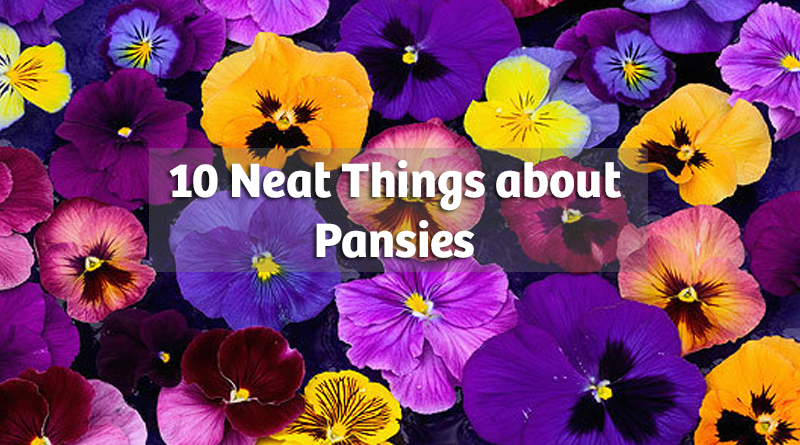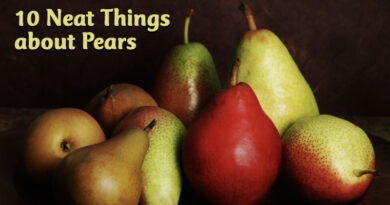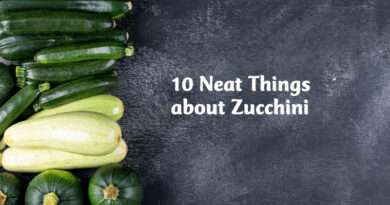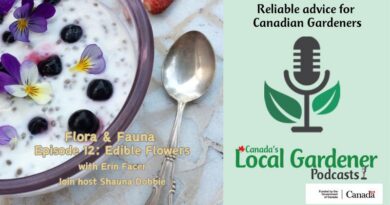About Pansies
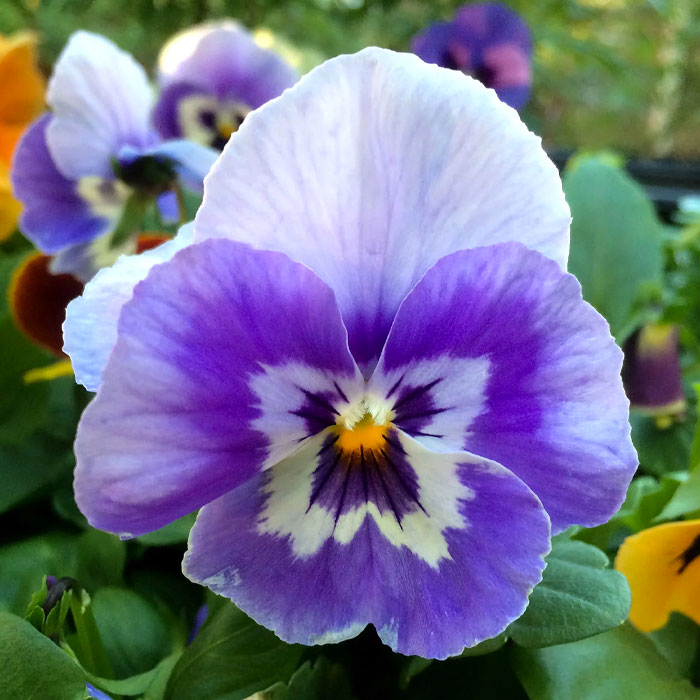
1. Pansies for thought.
The origin of the word pansy is reputed to be the French word pensée, meaning thought. The idea is that the face of the flower, particularly when it nods in the heat, looks like a person in thought. The name dates back to the 15th century and was given to wild violas, probably Johnny jump-ups. Ophelia, the doomed young lady in Hamlet, listing the qualities of flowers she hands out when she goes mad, declares: “There’s pansies, that’s for thoughts.”
2. Shakespeare’s other pansies.
Pansies, going by the name heart’s ease, were used in Shakespeare’s A Midsummer Night’s Dream as a love potion. It is often repeated that Elizabethans believed a tincture of pansies deposited on the eyes of someone sleeping would cause them to fall in love with the first thing they saw upon waking. Personally, I think that was invented by Shakespeare, though it’s easier to prove that something happened than prove it didn’t. I have no definitive evidence.
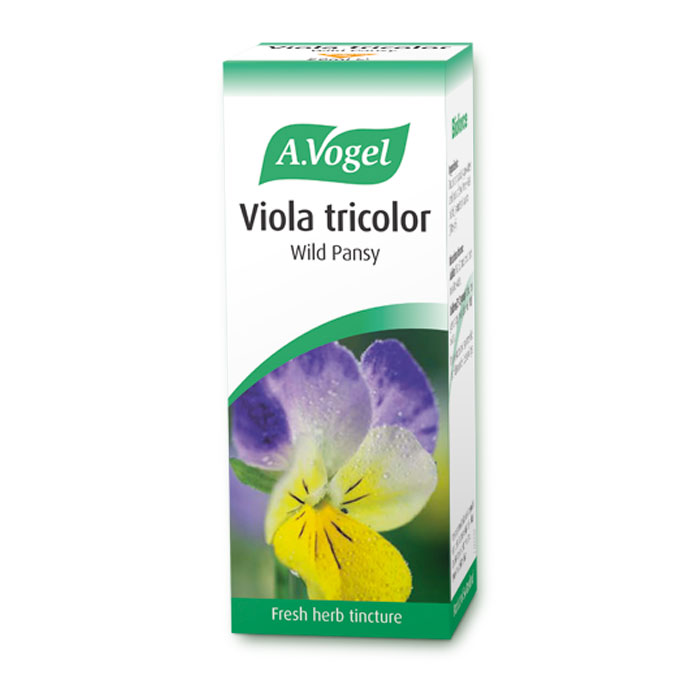
3. Culpeper’s pansies.
There is evidence for what medicinal properties pansies were believed to possess from The Complete Herbal (1653) by the apothecary and surgeon Nicolas Culpepper. His prescribed use for pansy was for venereal diseases. He also noted that: “the spirit of it is excellently good for the convulsions in children, as also for the falling sickness, and a gallant remedy for the inflammation of the lungs and breasts, pleurisy, scabs, itch, etc.”
4. Victorian pansies.
The relationship between thought and pansies persisted into Victorian floriography, sometimes called the language of flowers. A pansy signified: “I am thinking of you”. The association of pansies with homosexuals (as in calling a gay man a pansy) did not arise until later; its first recorded use is in 1929. The floriographic symbol for homosexuality was grass. A green-tinted carnation in the lapel was also a signal of homosexuality made popular by Oscar Wilde.
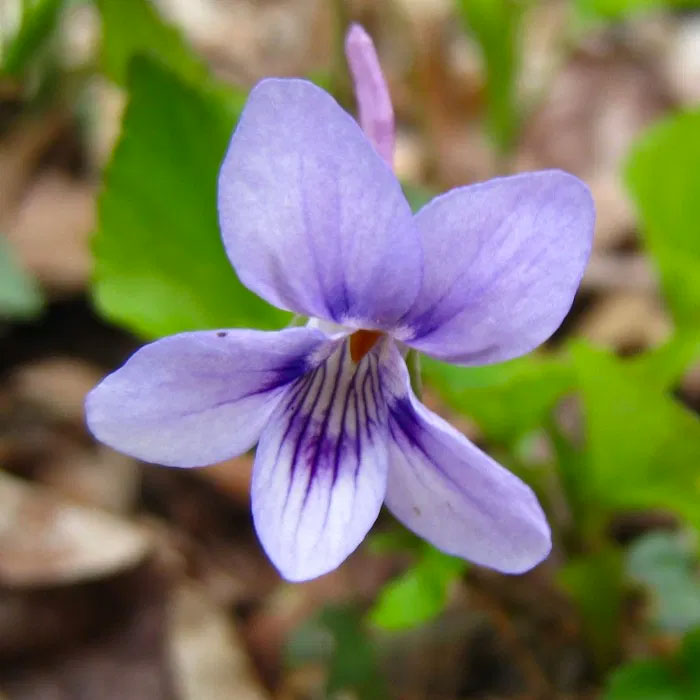
5. Pansy or violet?
Both flowers are from the genus Viola. The genus is split into multiple subgenera, but Viola subgenus melania are pansies and Viola subgenus viola are violets. You can tell the two apart by looking at them. Pansies have four upper petals and one lower petal, whereas violets have two upper petals and three lower petals. It’s a little more confusing, though; the ones we call pansies today are a hybrid, Viola x wittrockiana, which have particularly big flowers. Little pansies, such as Viola tricolor, we often call viola or Johnny jump-ups.

6. Pansies want to be cool.
Pansies don’t like heat. They’re happiest in spring and, if you haven’t killed them or ripped them out when they get leggy and scraggly through the dog days of summer, they’re happy again in the fall. It’s a good idea to plant them in the filtered light of a tree, ensuring they get sufficient water particularly when it gets hot. Keep them deadheaded while they’re blooming and shear them back if they get unruly in summer.
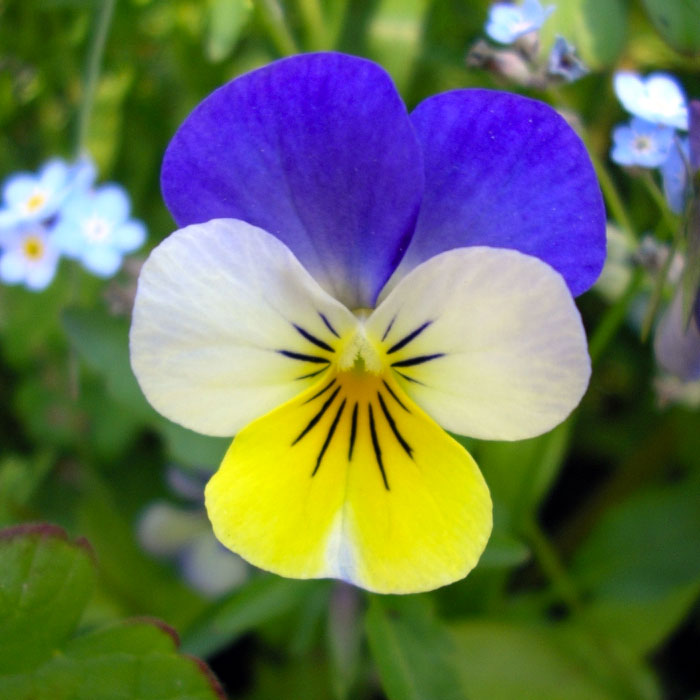
7. Biennials.
Wild Viola tricolour is a true biennial: it produces greenery in its first year and produces flowers and sets seed in its second year. Modern pansies are kind of biennial, but owing to hybridizing selection, many of them will flower in their first year, some as soon as nine weeks after sowing. Others, in mild enough areas, will behave as short-lived perennials. Nonetheless, most of us grow them as annuals because they look best when they’re fresh and they won’t overwinter below Zone 4 anyway. I think another reason is because they’re always the first thing on sale at the garden centers, and who among us can resist buying a flat as soon as the snow melts? (Most years, anyhow.)
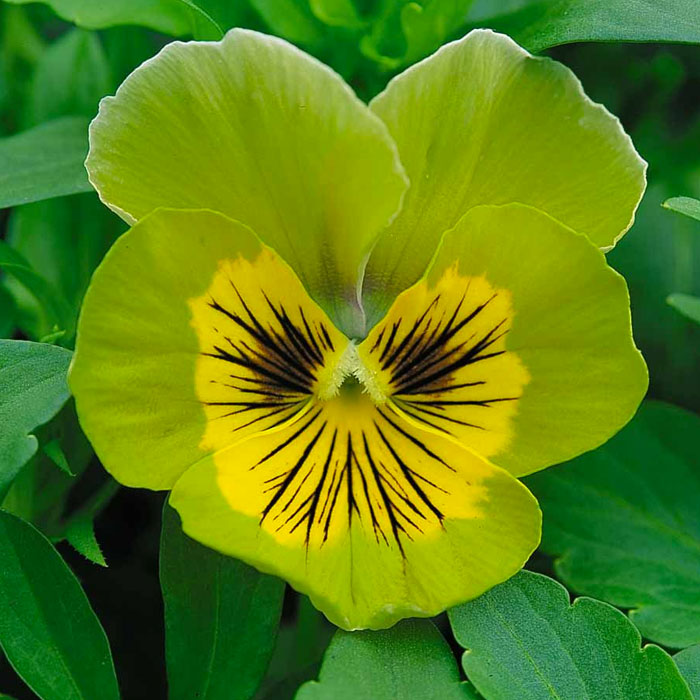
8. Colour.
Pansies come in just about every colour there is. Even green! There is a cultivar called ‘Green Goddess’, which is a muddy, limey sort of green. It has been around since at least 2009, but it doesn’t seem too popular in North America. The best-smelling ones you’ll find are yellow and blue and they are most fragrant in the morning.
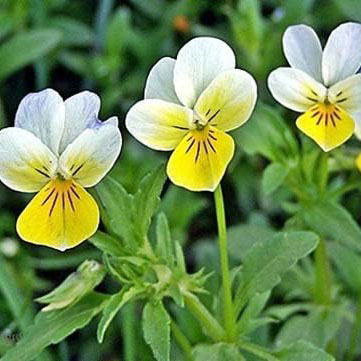
9. German.
Stiefmutterchen is the German name for pansies and it translates, literally, to “little stepmother”. The idea behind it is that the fat lower petal is the stepmother, the two larger upper petals are her own daughters and the two thin upper petals are the poor, neglected stepdaughters.

10. Good enough to eat.
Pansy blooms are edible. They make a salad positively gorgeous, they’re simply charming frozen in ice cubes and they add a special flair used as garnishes. With all flowers used for culinary purposes, you should grow your own from seed or look for nursery-grown plants that come with absolute assurance that they have been grown without inedible sprays.
-Shauna Dobbie
Copyright©Pegasus Publications Inc

